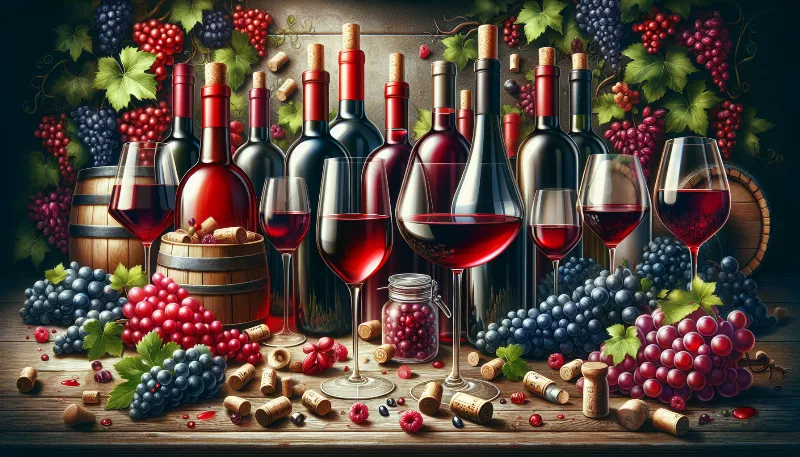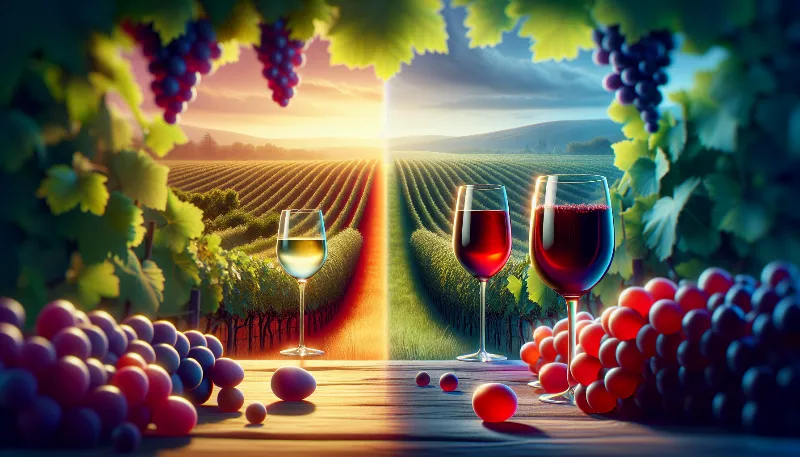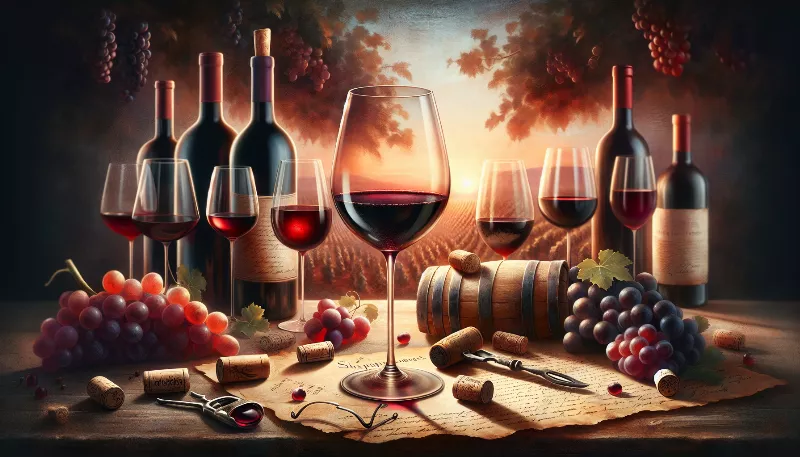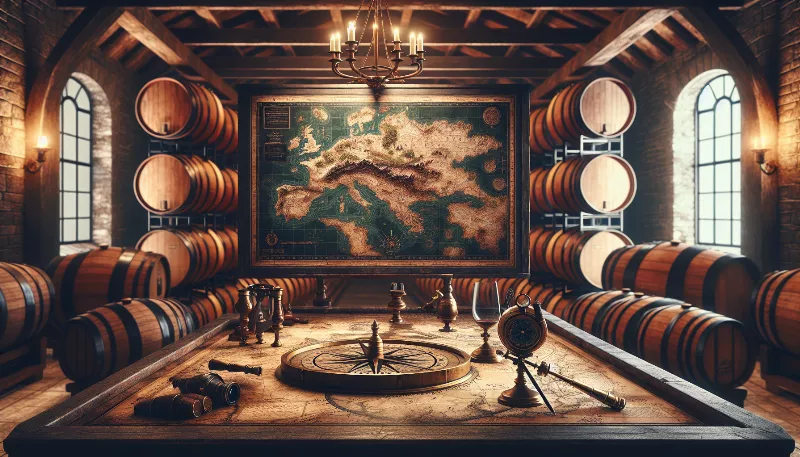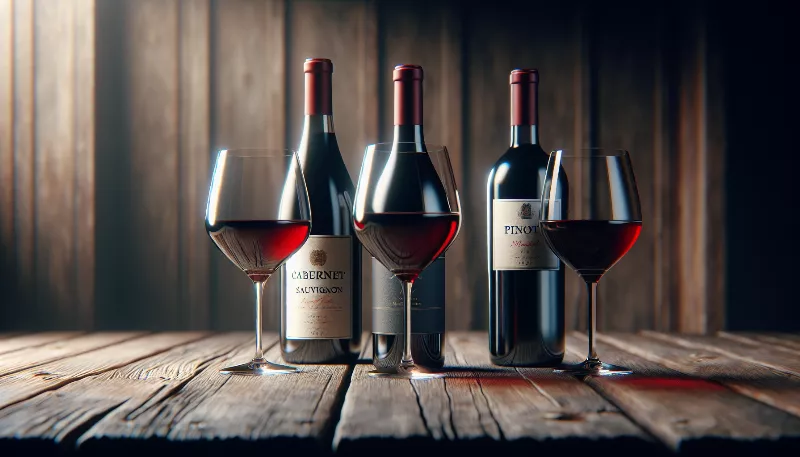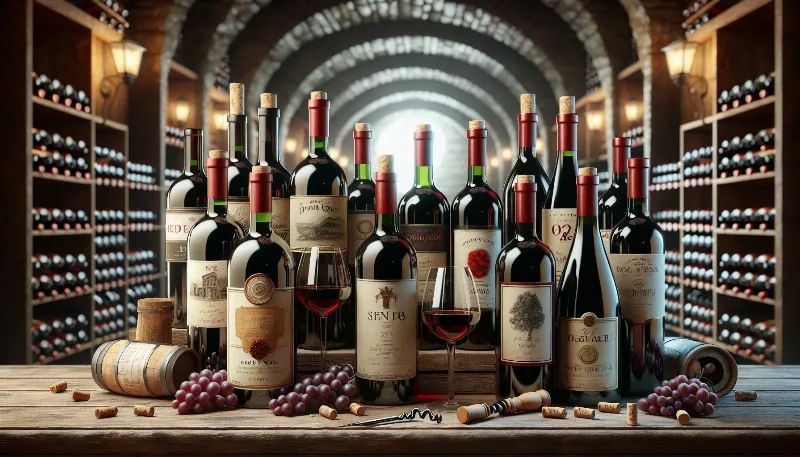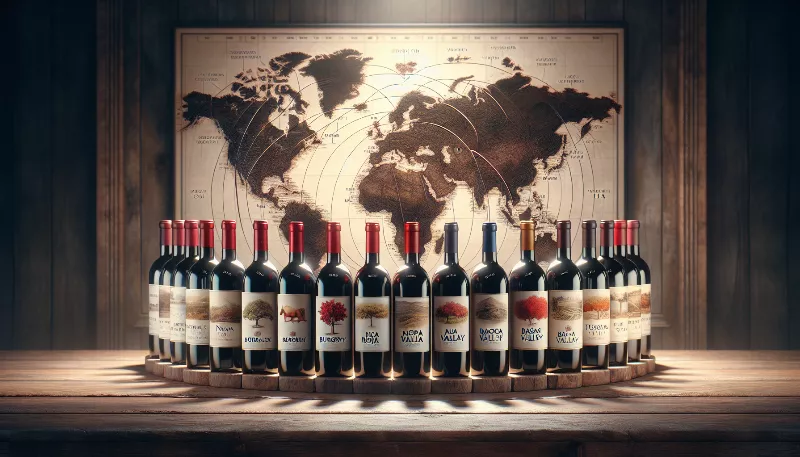Aged to Perfection: How Time Shapes the Soul of Red Wine
Discover the art of wine aging and how time refines flavor and complexity. Savor the journey from vine to vintage with our expert insights.
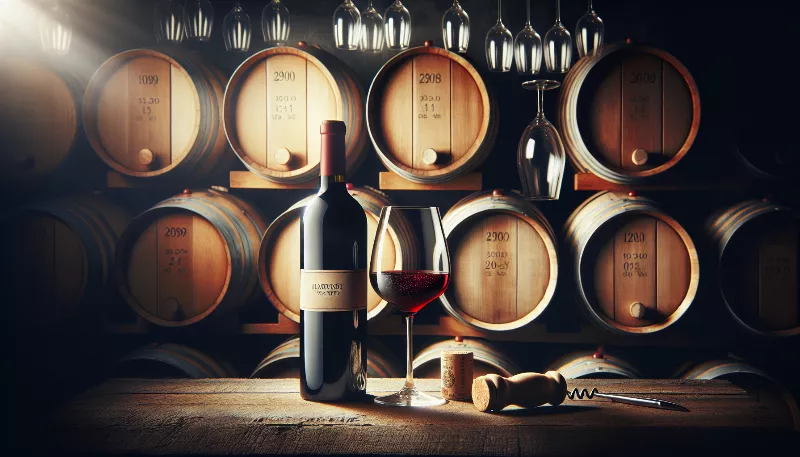
Aged to Perfection: How Time Shapes the Soul of Red Wine
There's a profound alchemy that transpires within the walls of a wine cellar. As the world hustles by, red wine sits in repose, undergoing a transformation so intricate that it can only be described as magical. The aging of red wine is an art form, a testament to patience and care, where time itself becomes the vintner's most trusted tool. Let's uncork the secrets behind this fascinating process and discover how time shapes the very soul of red wine.
The Enchantment of Aging
When a bottle of red wine is laid to rest, it embarks on a journey of maturation that will define its character. The aging process is not merely a waiting game; it's a complex evolution that involves chemical reactions which enhance the wine's flavor, aroma, and texture. Tannins, those naturally occurring compounds that can give young wine a bitter edge, soften over time, leading to a smoother drinking experience. As the years pass, the wine develops a symphony of nuanced flavors that range from ripe fruits to earthy notes, each sip a testament to the passage of time.
The Role of the Barrel
Oak barrels play a pivotal role in the aging of red wine. They are the silent guardians of the liquid treasure within, imparting subtle hints of vanilla, spice, and toast. The porous nature of oak allows for a minute amount of oxygen to interact with the wine, a process known as 'micro-oxygenation.' This gentle exposure to air is crucial, as it helps to mellow the tannins and allows the wine's flavors to expand and meld harmoniously. The type of oak, the size of the barrel, and the duration of aging all contribute to the final profile of the wine, making each barrel a unique vessel of time's influence.
Vintage Variation: Time's Natural Rhythm
Each year, the conditions of the vineyard—weather, soil, sunlight—imprint themselves upon the grapes, and thus, the wine. These variations create vintages, snapshots of a year's specific climate and terroir. Aged red wines carry these imprints forward, allowing connoisseurs to taste history. A particularly good vintage can elevate a wine to legendary status, with collectors eagerly awaiting the perfect moment to savor its peak maturity. Vintage variation is a dance between wine and time, where each step is guided by nature's unpredictable tune.
The Sweet Spot: Peak Maturation
Finding the moment when a wine has reached its peak maturation is a quest for the Holy Grail in the world of oenophiles. Not all wines are meant to age for decades; in fact, most are crafted for relatively immediate enjoyment. However, those that are designed with aging in mind have a sweet spot—a period where the balance of fruit, acidity, tannins, and alcohol converge in perfect harmony. This is when the wine reveals its full potential, a liquid testament to the winemaker's foresight and the transformative power of time.
Decanting the Past, Pouring the Future
As we decant an aged red wine, we are not just pouring a beverage; we are releasing the essence of years gone by. Each bottle tells a story of its origin, its journey, and the hands that helped bring it to life. The act of sharing an aged wine is a celebration, a way to connect with the past while creating new memories. So, the next time you uncork a bottle of finely aged red wine, take a moment to appreciate the years of dedication and the countless factors that have shaped its soul. Here's to the timeless art of wine aging, where every glass is a toast to the enduring legacy of time's touch on the world of wine.
